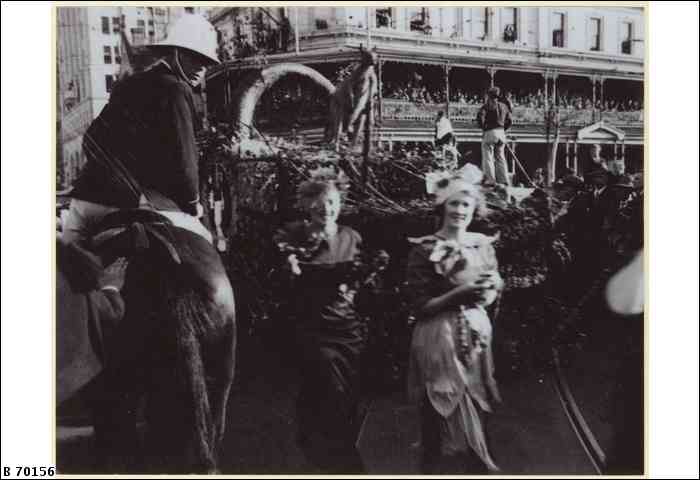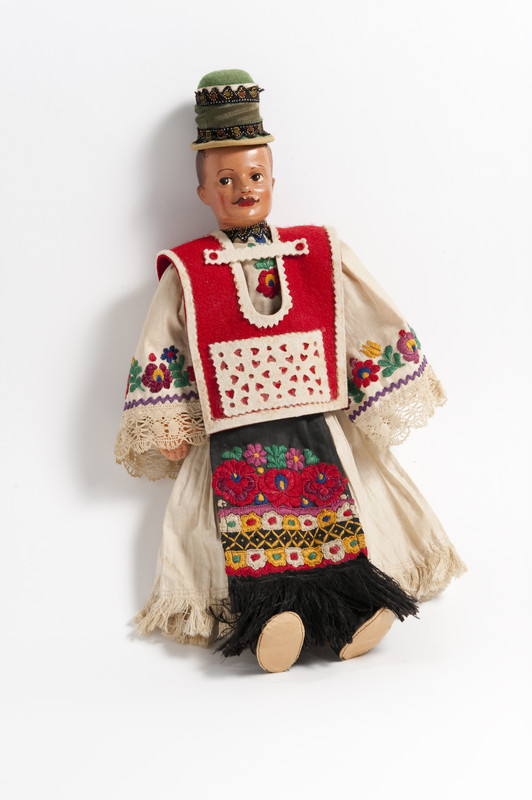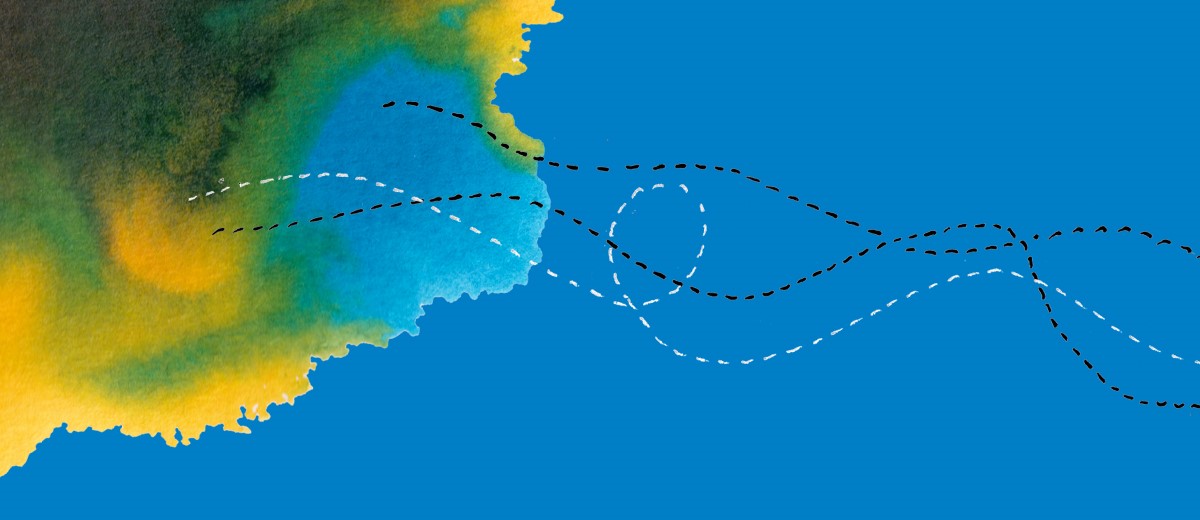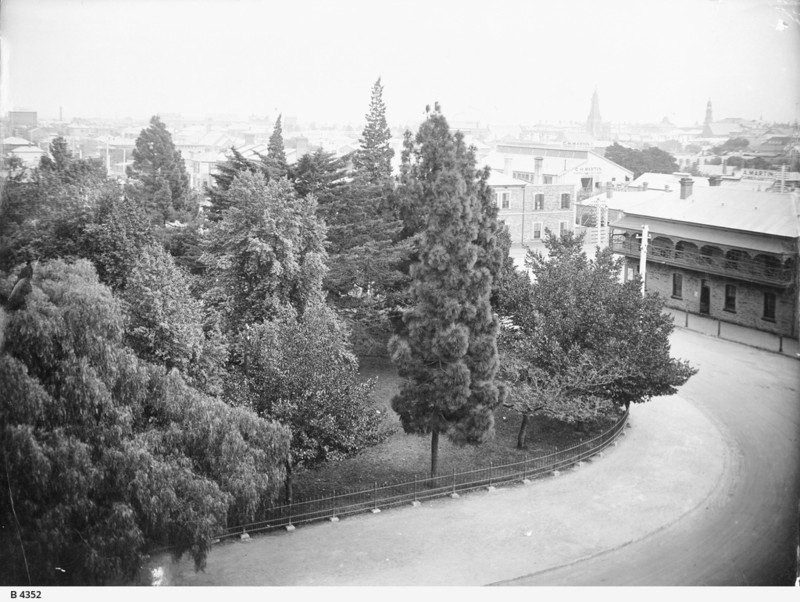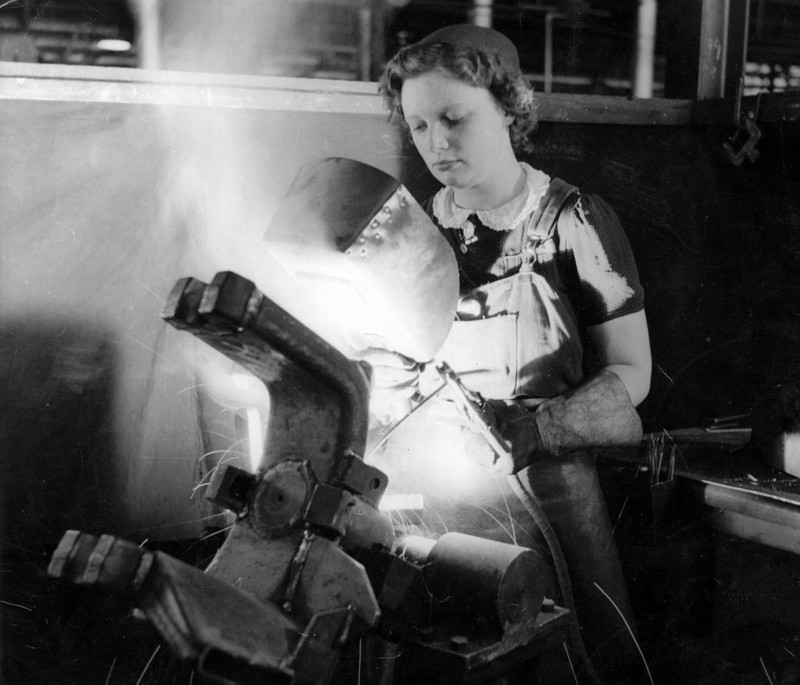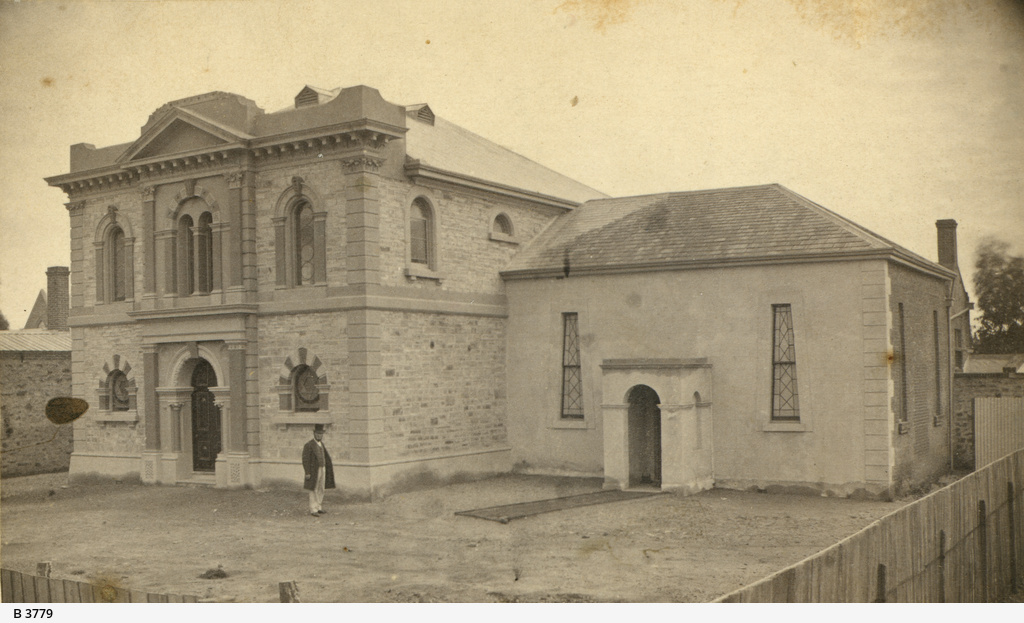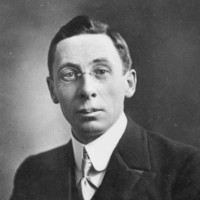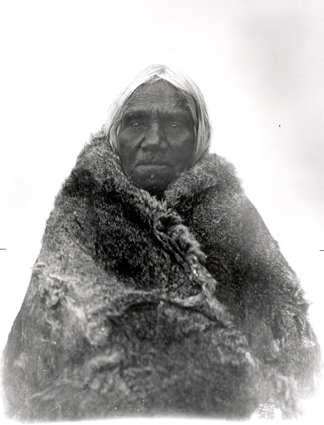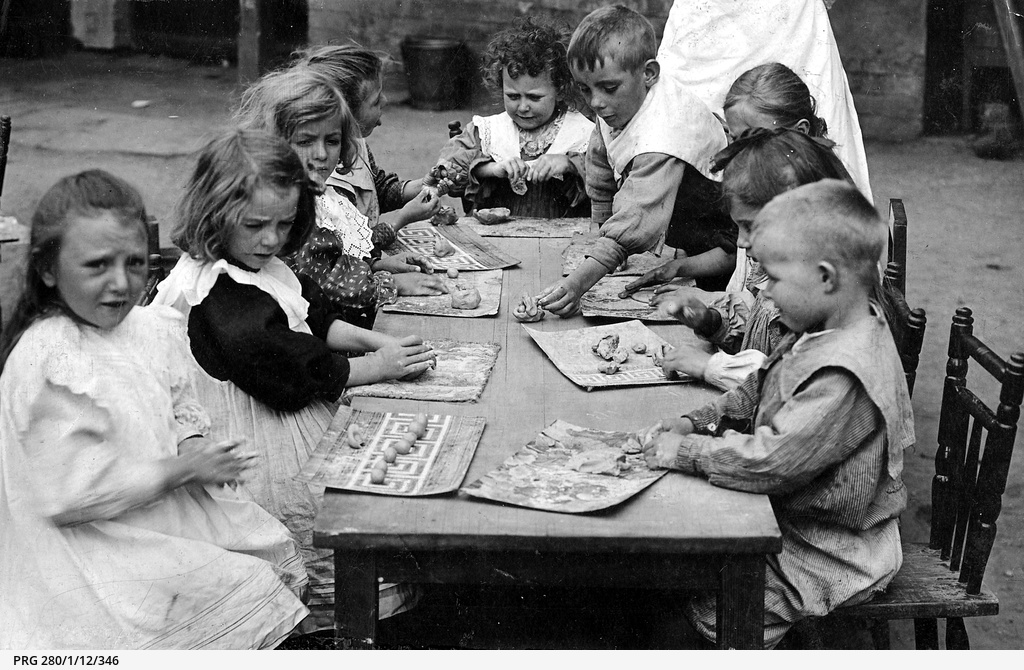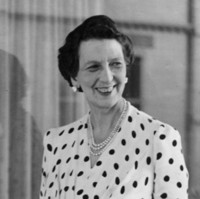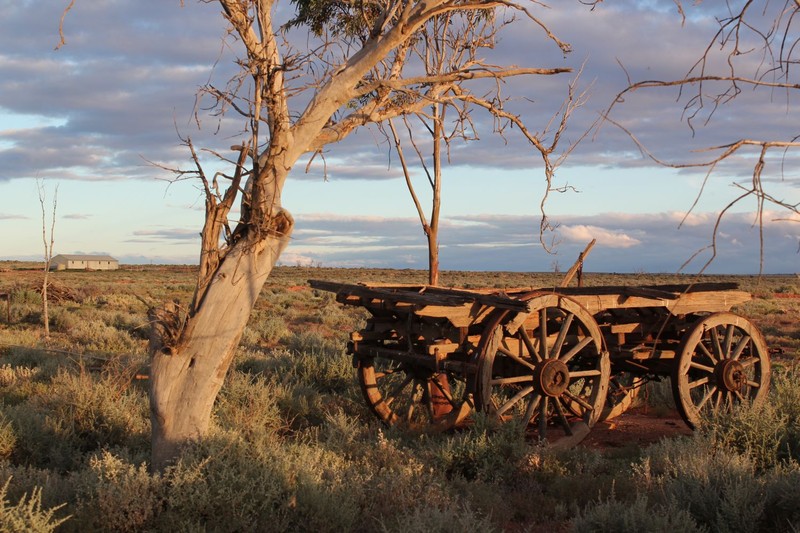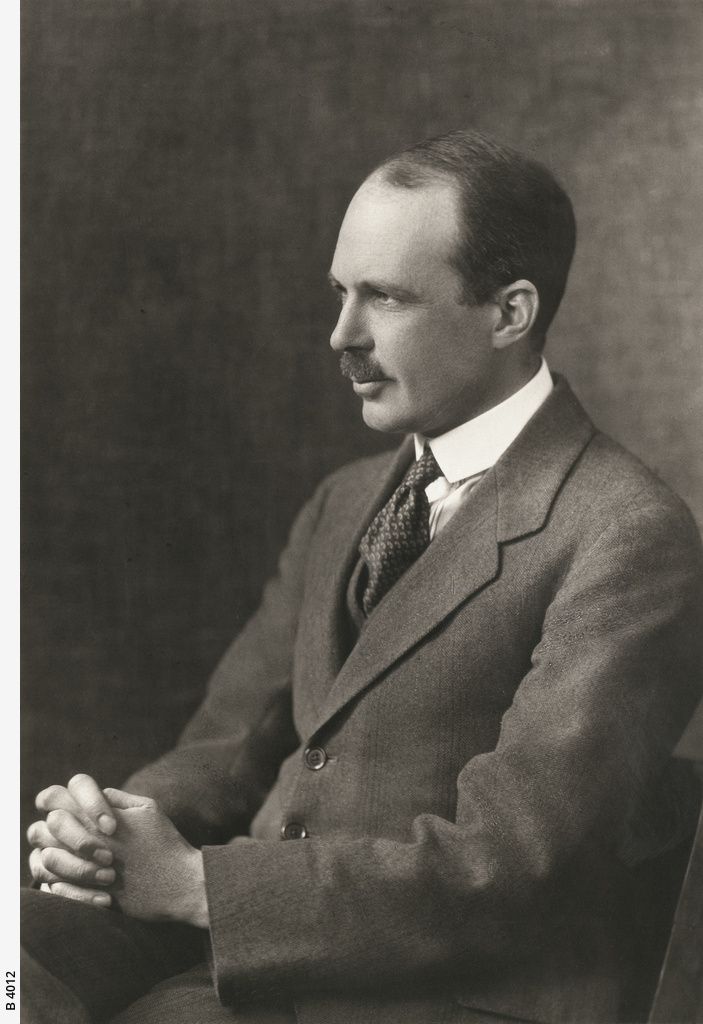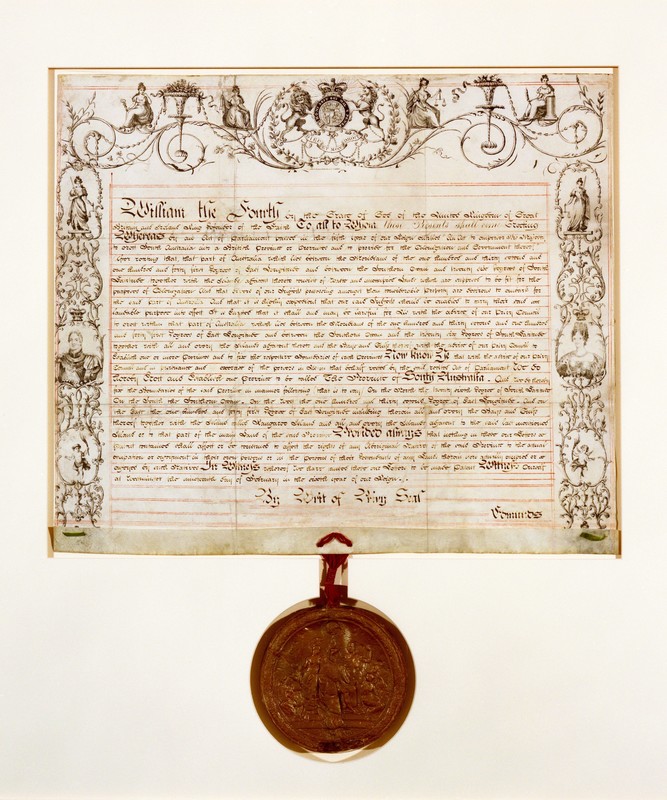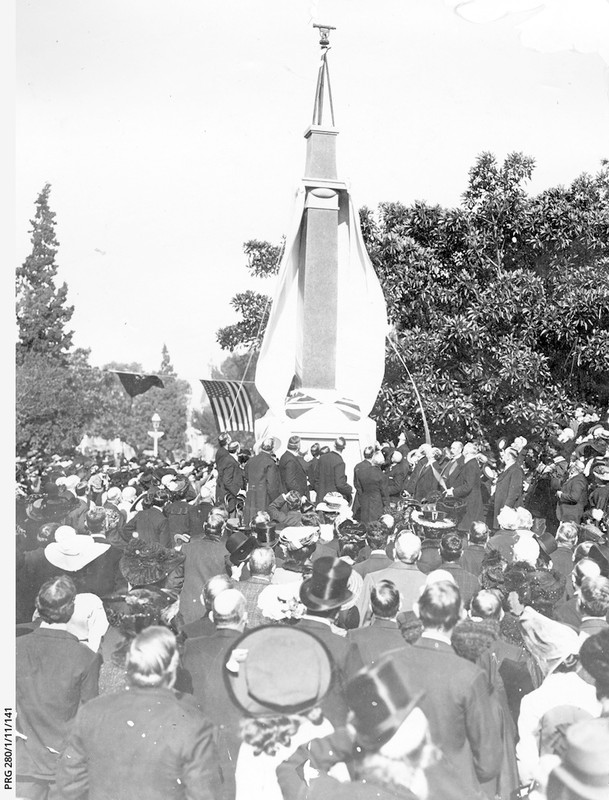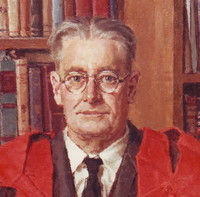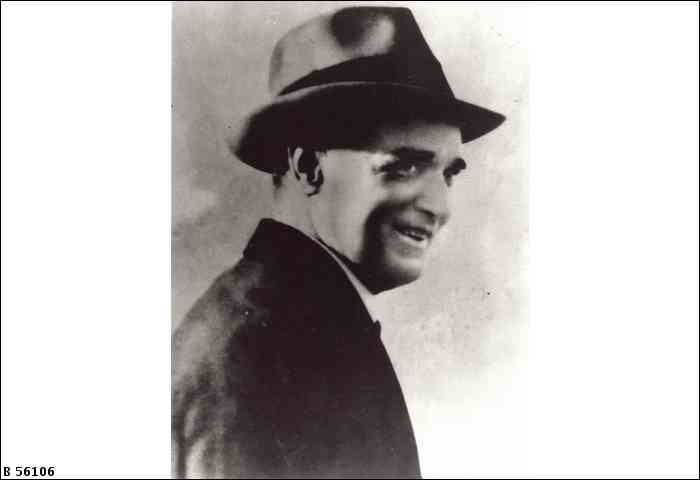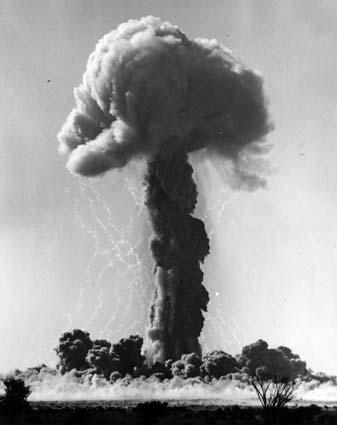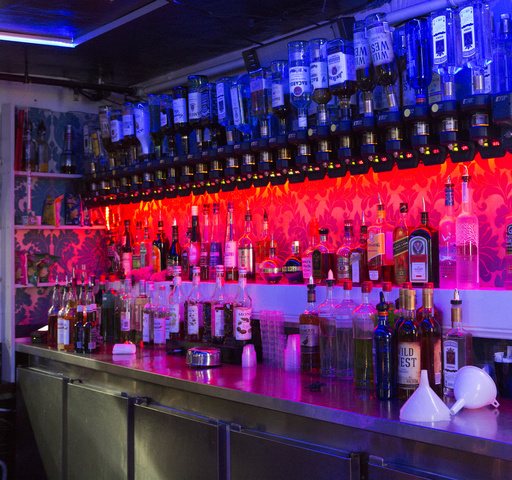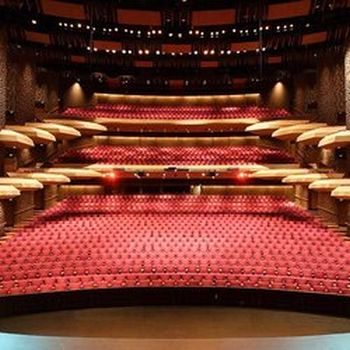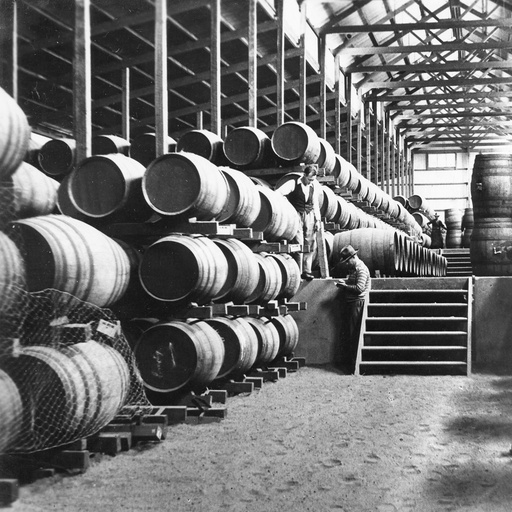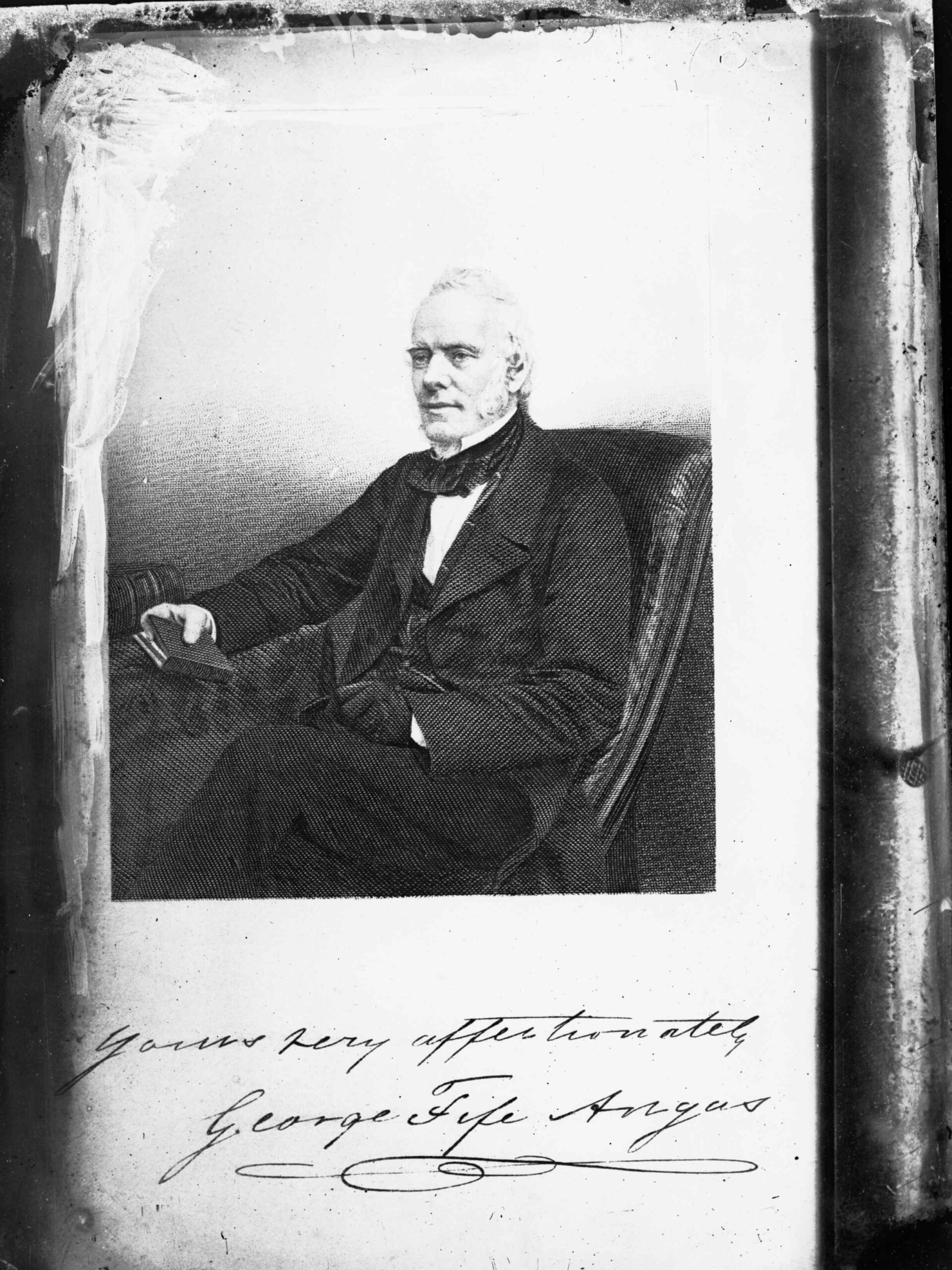-
Housewives’ Association
Quite an association in promoting issues affecting housewives, children and the home, addressing women’s issues and protecting the consumer
-
-
Hungarians in South Australia
The first Hungarians arrived in South Australia after the failed 1848 revolution against the Hapsburg rulers of Austria
-
Hurtle Square / Tangkaira
Located in the south-east of Adelaide on the Kaurna peoples land of Tandayangga (place of the Red Kangaroo Dreaming), Hurtle Square…
-
Indonesians in South Australia
Indonesians had contact with Australia before white settlement
-
Industrialisation
For three decades or so from the late 1930s, largely coinciding with the premiership of Tom Playford, rapid industrialisation transformed…
-
Irish in South Australia
Irish immigrants have settled throughout the state of South Australia
-
Japanese in South Australia
South Australia’s earliest contact with Japan was in 1876, when the South Australian government began negotiations to settle Japanese sugar…
-
Jetties
Integral to ease and safety for marine traffic and trade, jetties also have uses as promenades and for fishing
-
Jewish in South Australia
Jews are descendants of a nomadic people who lived in the Middle East in ancient times, or adherents of the…
-
Jewish People
Small in number over time, Adelaide’s Jews have contributed significantly to the professions, especially medicine, and are well represented in…
-
Jimmy James, OAM
Jimmy James was born in the hot spinifex desert of Central Australia, at his father’s waterhole, west of Ernabella. He…
-
John Flynn, OBE
John Flynn was born on 25th November 1880 at Moliagul, Victoria, the son of Thomas Eugene Flynn, a state school…
-
Jordanians in South Australia
Most Jordanian South Australians have come to the state since the Second World War.
-
Kaurna People
The original people of the Adelaide Plains are still here – and once again speaking the Kaurna language.
-
Kindergartens
Based on the philosophy and understanding of child development of the German educator and philosopher Friedrich Froebel, kindergartens in South…
-
Lady Constance Jean Bonython
Lady Constance Jean Bonython was the Mayoress of the City of Adelaide in 1913 and the Lady Mayoress 1927-1930. The…
-
Land
Aboriginal people were conservative and conservationist land managers; European settlers and their descendants expected land to be the backbone of society…
-
Latvians in South Australia
In the nineteenth century South Australia was visited by numerous Latvian sailors who worked on Baltic trading ships, carrying mainly…
-
Lawrence Bragg
Lawrence Bragg jointly won the 1915 Nobel Prize for Physics with his father, William Bragg for their work in X-Ray…
-
Lebanese in South Australia
Lebanese immigrants began arriving in Australia in the late nineteenth century. They emigrated from what was then the province of…
-
Letters Patent
South Australia’s founding document is once again the source of intense political and legal debate.
-
Light Square/ Wauwi
Originally intended as a recreational garden oasis from the surrounding city, Light Square, however, developed a reputation for prostitution, drinking…
-
Lithuanians in South Australia
Lithuanian migrants came to South Australia as early as the 1840s, numbers expanded significantly following the Second World War.
-
Lord Florey, OM
Howard Walter Florey was born in Adelaide, South Australia, on 24th September 1898, the son of boot manufacturer Joseph Florey…
-
Madley Theatre Glass Mosaic
The principal of the Adelaide Teachers College commissioned this work for the college’s Kintore Avenue building.
-
Magarey Medal
An award for the ‘fairest and most brilliant player’ in South Australia’s major Australian Rules football competition
-
Maralinga
The main site for joint Australian–British nuclear weapons tests in Australia lies 800 kilometres north-west of Adelaide on the southern…
-
Marriage and divorce
Marriage and divorce rates have fluctuated according to social mores and legislative imposts.



